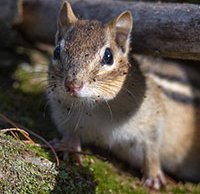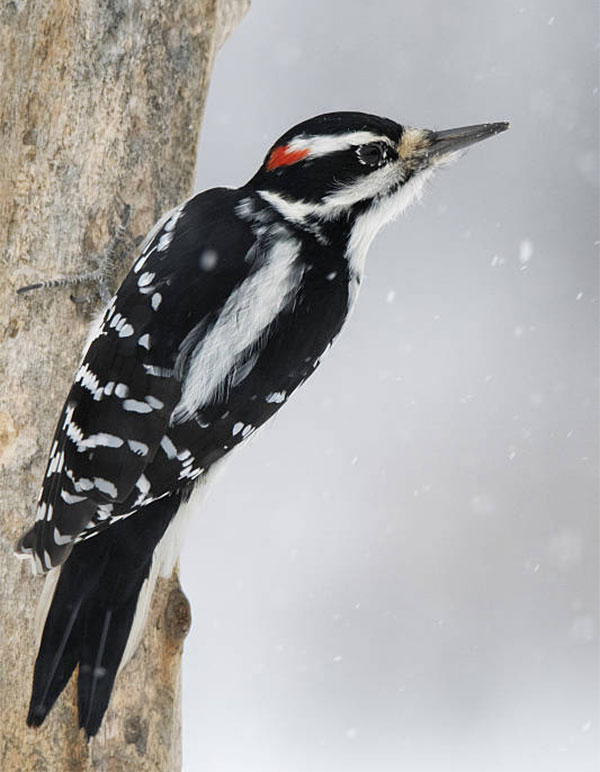Lens selection, light and weather, patience and much more covered in this wildlife photography tutorial
posted Sunday, March 26, 2017 at 5:00 AM EST

Photographer Robert Andersen has compiled information from a wide range of tutorials that he and others have written for Photography Life and published an excellent, in-depth wildlife photography tutorial. The tutorial covers a massive range of topics in very good detail, including light and weather, lens selection, weather, choice of camera and lens support, telling a story and more.
While we implore you to check out the full article, it’s worth digging into the tutorial here a bit. Looking at the lens selection section, wildlife photographers have a lot of options. Andersen loves the Nikon 200-400mm f/4 lens – which is a great zoom – but sometimes you need to get closer to your subject. Ultimately, your lens selection will depend on how you answer this question, “How close do you want to get?” It’s not unusual to be photographing small, skittish animals, and if that’s your favorite kind of subject, you will typically need a lens 600mm or longer. This doesn’t mean you need to break the bank on a 600mm f/4 lens, however, as you can grab a nice 150-600mm lens, such as the Tamron 150-600mm G2 USD lens, for a reasonable price.

You don't necessarily need to have a massive lens though, you can opt instead for camouflage such as a blind to get close to subjects. Another option is using a teleconverter to extend the length of your lens. This will slow down the lens by decreasing the maximum aperture and could affect autofocus speeds depending on your lens and camera combination, but is a fairly inexpensive way to increase your focal length.
The above information is just a small taste of the overall tutorial, which you can read in full here. Andersen notes that the tutorial will continually be updated over time, so be sure to bookmark it so you can refer back to it later and see what has been added.
(Via Photography Life)